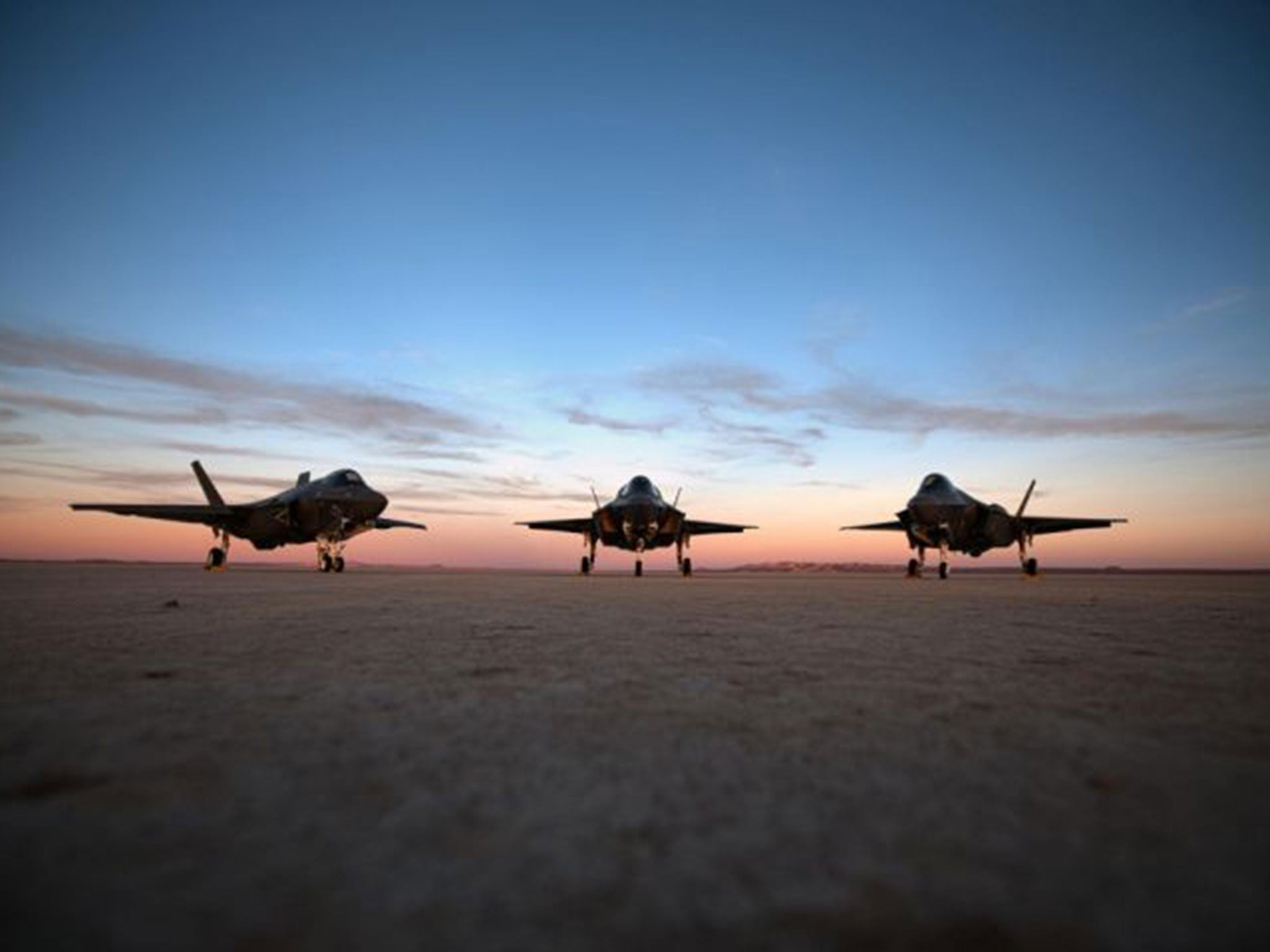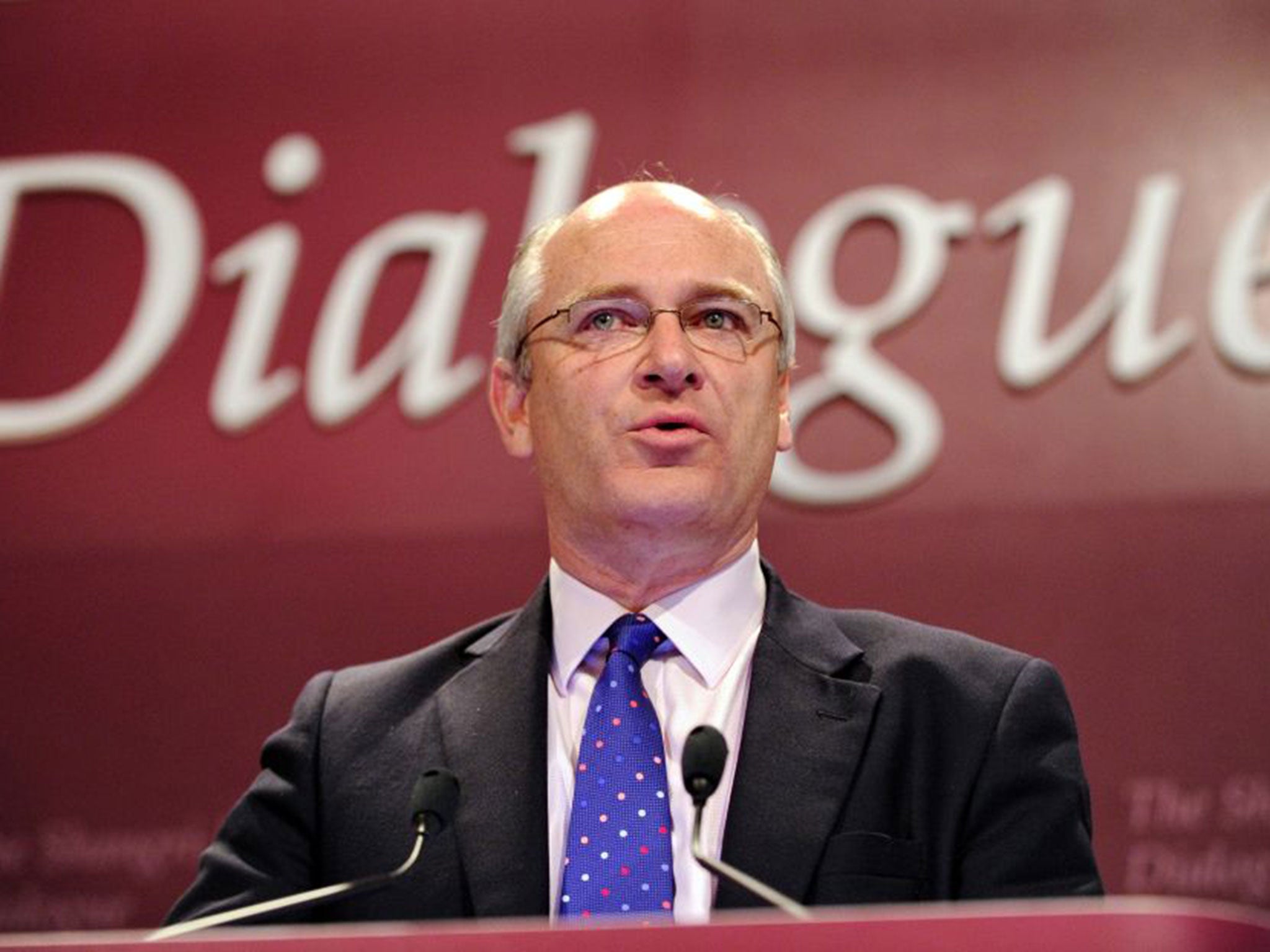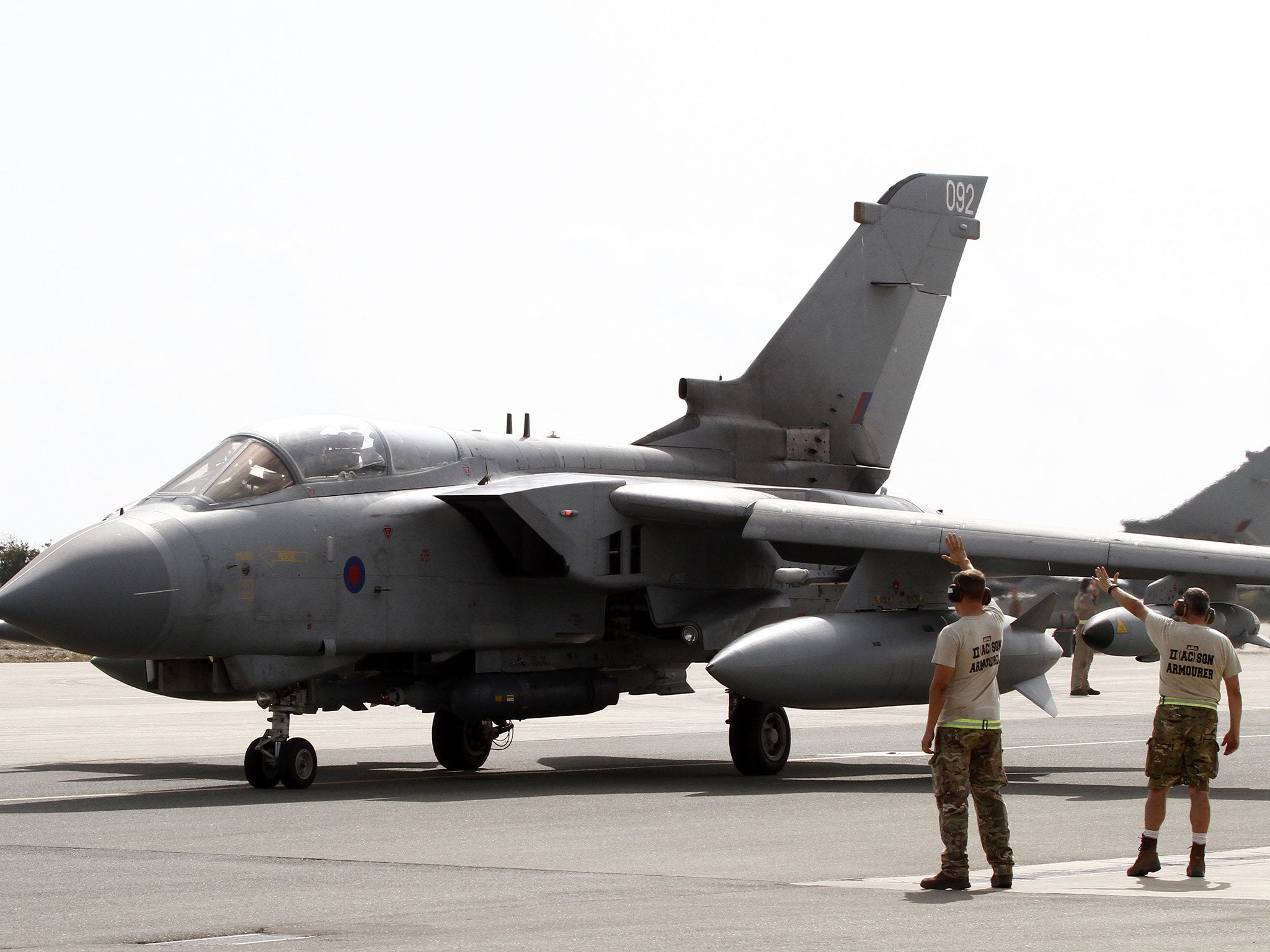New US fighter jet on course to becoming ‘one of history’s biggest white elephants’
The UK considered buying 150 F-35s from the US, but not one plane is combat ready as costs soar

A plane so technologically advanced that it would give Britain and the US air superiority in any future conflict and billed as the world’s most advanced stealth fighter jet, could be one of “the biggest white elephants in history”, according to a former defence minister.
And while costs of the F-35 spiral and delays run into years, another commentator has warned that “our skies and seas are vulnerable”.
The aircraft, manufactured by Lockheed Martin, was designed to replace the Harrier jump-jet, which went out of service in 2011. The UK once envisaged ordering 150 F-35s, to be ready by 2012. Three years on, the F-35 is still far from ready to fly in combat and the cost of a single jet has risen from £33m to £87m. The UK has ordered only eight to date.

Not one of the 131 jets built so far is combat-ready. And The Independent on Sunday can reveal that the entire fleet is having its engines removed and fixed, to guard against a repeat of a test-plane engine fire that grounded the fleet last year. Pratt & Whitney, the engine’s makers, came up with an ad hoc solution to friction overheating the engine; cutting a groove in the engine seal.
It is yet another setback in a long series of delays to the Joint Strike Fighter programme, in which Britain is a partner with the US.
The Ministry of Defence (MoD) insists the UK fleet will have the “warfighting capability required” by 2018 – six years late. However, former armed forces minister Sir Nick Harvey said there was “not a cat in hell’s chance” the F-35 would be combat-ready by 2018. “I don’t recall ... having heard anyone suggesting that these things could be used in combat before 2020,” he said. Asked if the fighter had become a white elephant, he replied: “You could argue it was already one of the biggest white elephants in history a long time ago.”
Air Chief Marshal Sir Michael Graydon CBE, who was Chief of the Air Staff when the F-35 was first discussed in the 1990s, branded the small number ordered by Britain as “a joke” and accused MoD officials of being “in denial” over the ability of Britain to run a “serious air force”.

Britain’s ageing Tornados will be out of service in three years, leaving the UK with a maximum “offensive capability” of 60 aircraft, he said. “The Saudis [were] using up to 100 aircraft in their campaign in Yemen. We couldn’t put 100 aircraft into the air to save our lives.”
On cost, he added, the jets were now close to “unaffordable” and “it will be token numbers we will be able to afford unless there is a radical change in thinking by the Government”.
John Marshall, of the Defence Synergia think-tank, said: “This aircraft is massively expensive, technically and operationally flawed and unlikely to enter full and proper operational service for several more years.”
Britain’s F-35s and its new aircraft carriers “are scheduled to declare an integrated Carrier Strike Initial Operating Capability by 2020”, according to the MoD. But current plans mean a carrier designed to have 36 F-35s on board will have just 12. This means “aircraft numbers will be unable to carry out operations effectively whilst ... protecting the carrier herself”, said Captain Marshall.
The report also reveals that the total cost of the programme is up from $233bn in 2001 to $391bn (£253bn) last year – making it the US Department of Defense’s “most costly and ambitious acquisition program”. Estimates that the F-35 fleet will cost $1 trillion to operate and support in its lifetime “poses significant long-term affordability challenges” to the US DoD.
A spokesperson for the F-35 Joint Program Office (JPO) insisted “affordability remains our number one priority”. But software problems mean that testing the F-35’s weapons systems is about eight months behind schedule and will not be finished until late 2017, assuming no other problems.
And Britain’s F-35 jets will be some way down the queue, with the US manufacturers prioritising jets bought by the US Marine Corps.
Talking about the engine fix, Pratt & Whitney said: “The process for the UK jets will certainly be complete by the beginning of next year.” The UK currently has three F-35s, but they will remain in the US to operate at test locations, according to the MoD.
Another jet ordered by Britain will not be ready until the start of next year. Four F-35s ordered last November will take around two years to be delivered, according to the JPO.
Yet the US expects Britain to spend billions on the fighters, with sources close to the programme citing a “projected procurement” of 138 – some £12bn at current prices.
In a statement, MoD said: “The UK is ... planning to order a further 10 F-35B aircraft over the next three years. The UK’s aircraft are on schedule to have the warfighting capability required by the UK in 2018.”
At current prices, it would cost around £6bn to buy the 72 F-35s that Britain’s two aircraft carriers are designed to hold – which is roughly the cost of the carriers themselves.
The UK needs to order a “minimum” of 48 F-35s, according to Admiral Lord West, former security minister and First Sea Lord, a view shared by Sir Nick Harvey. This would cost some £4.1bn.
“I’d have thought the minimum order they’ve got to have by 2020 is about 48 aircraft, but I’m sure the RAF hope there will be more ordered than that because the F-35 is replacing the Tornado,” said Lord West.
Madeleine Moon, Labour MP for Bridgend and a former member of the Commons defence select committee, warned: “Our skies and seas are vulnerable. It is time to reassess our priorities for the defence and security of the UK.”
Join our commenting forum
Join thought-provoking conversations, follow other Independent readers and see their replies
Comments